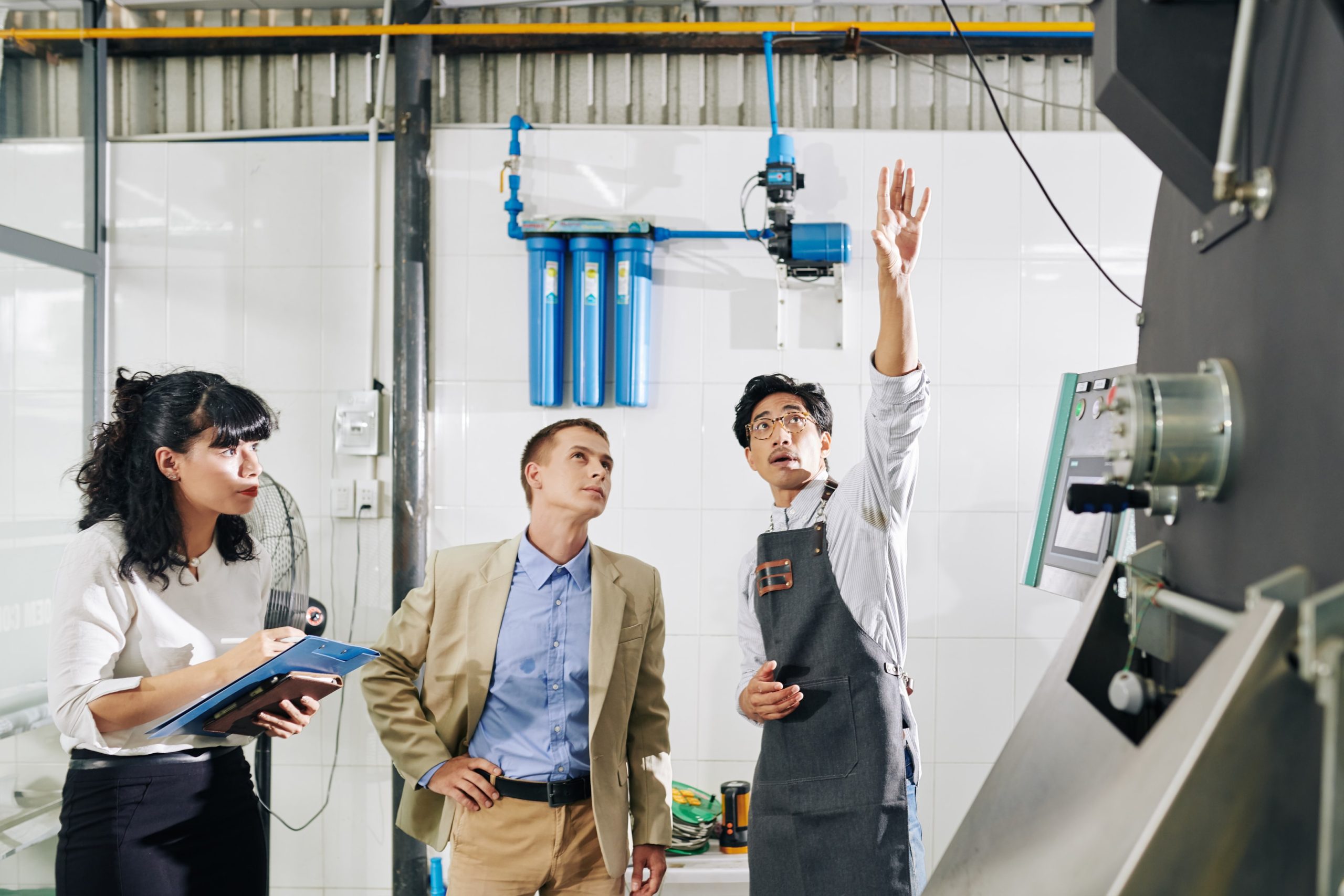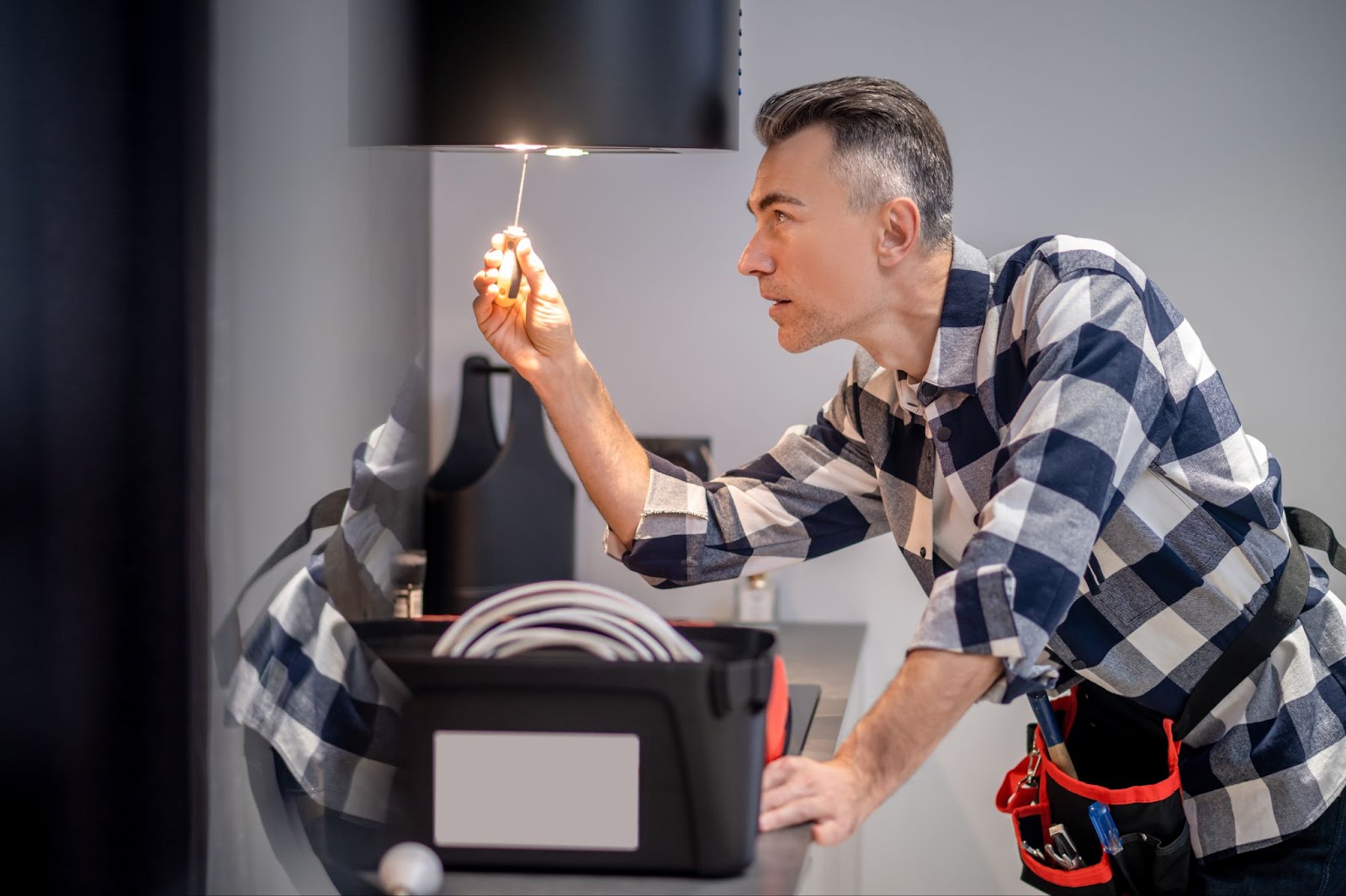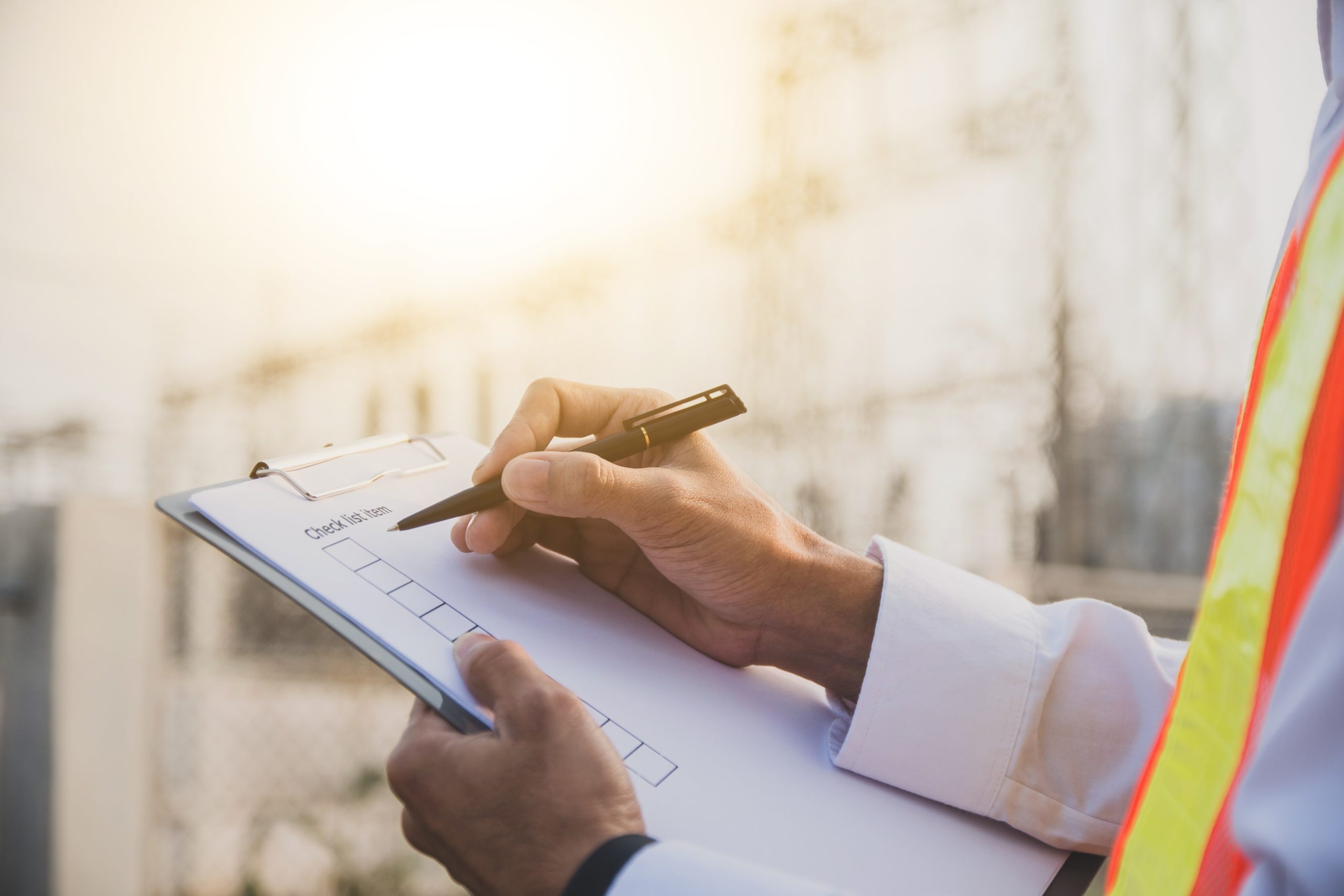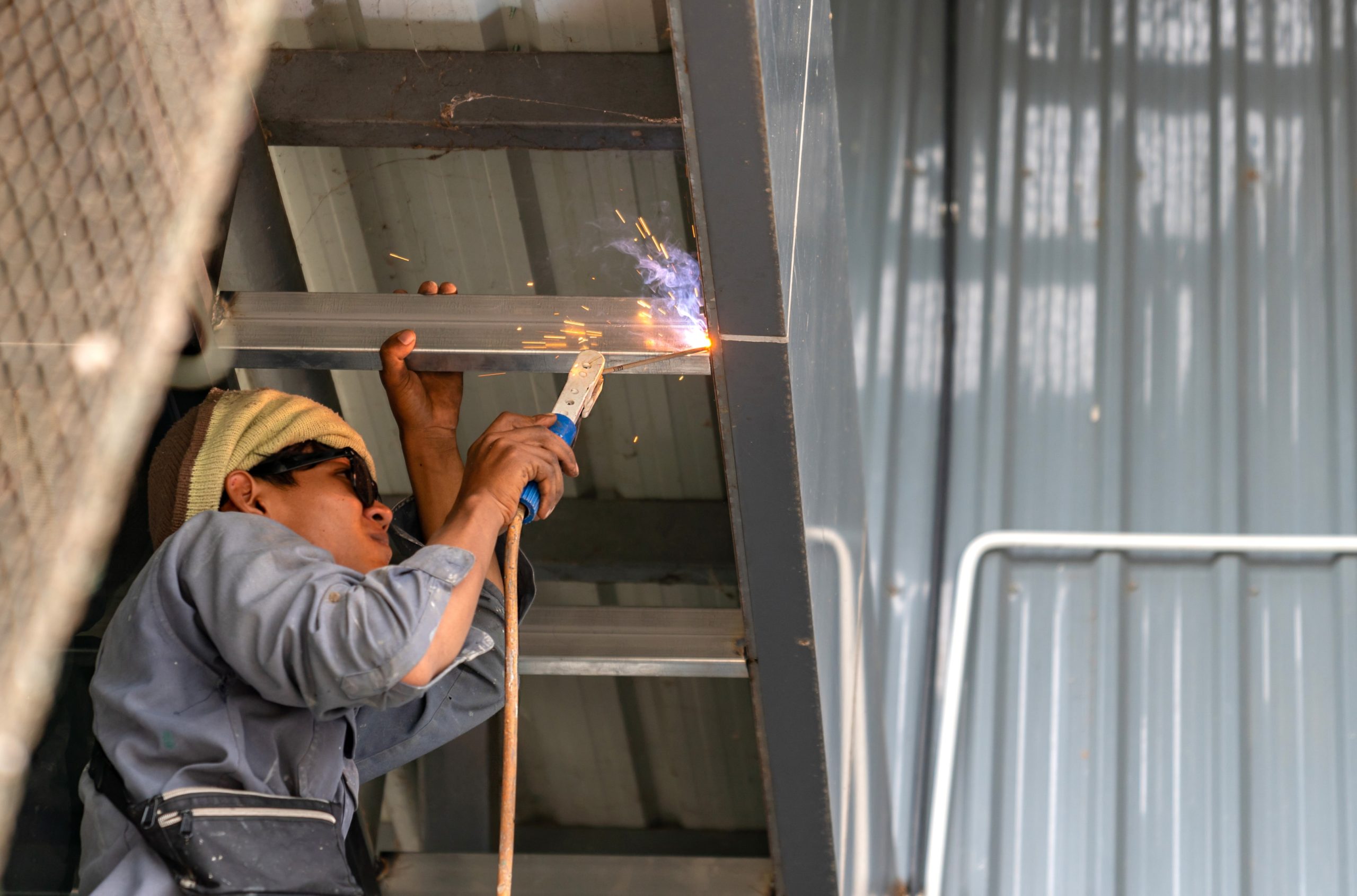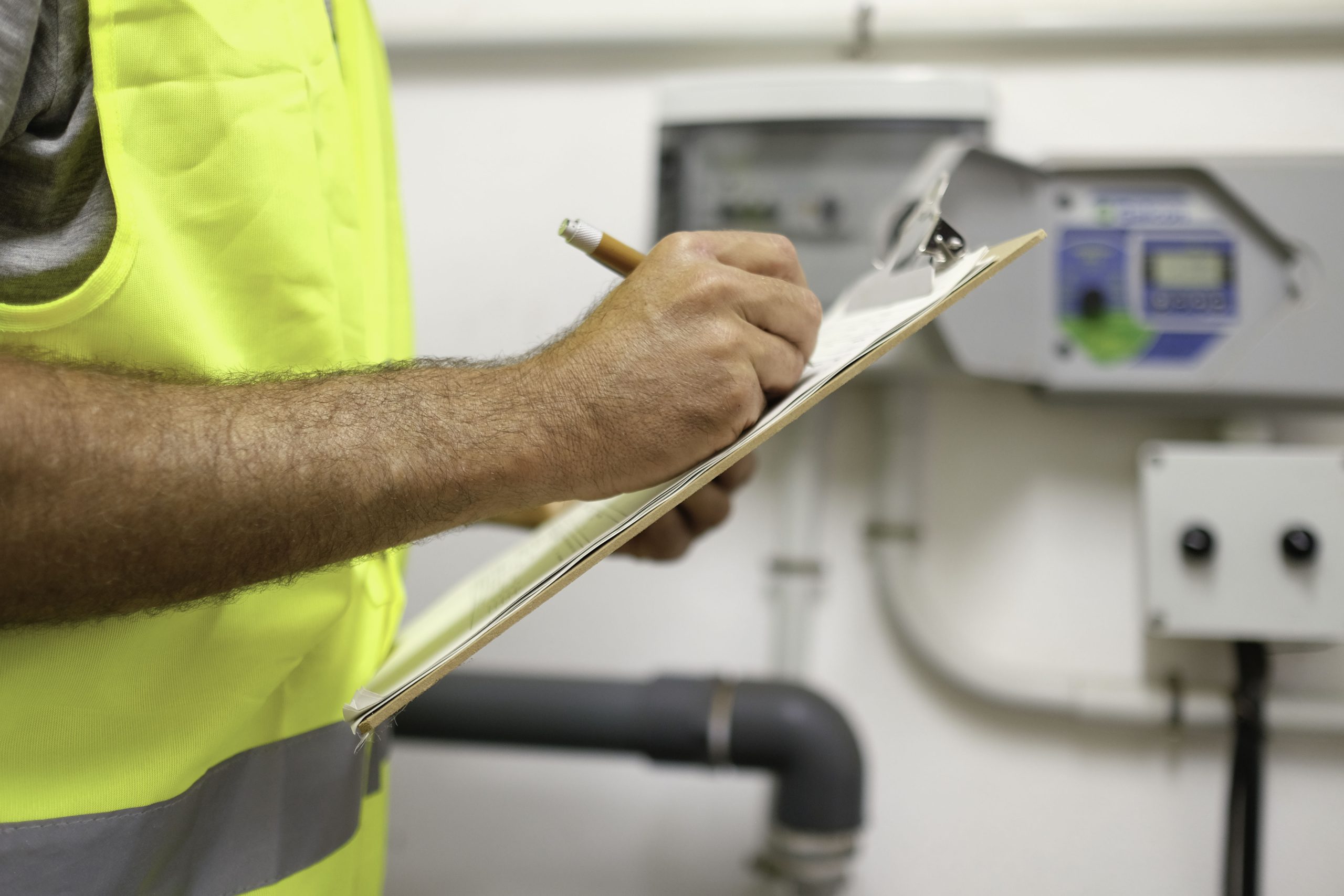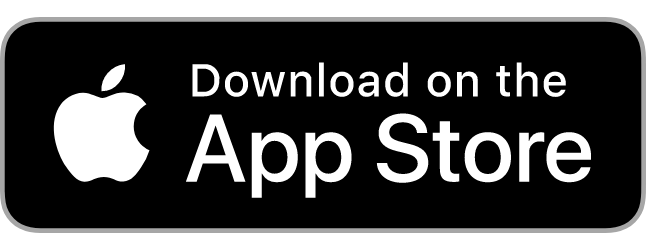Plumbing problems often occur when you least expect them. Even a small leak can cause water damage, and slow drains can become major clogs. Neglected water heaters also lose efficiency over time and eventually fail.
Fortunately, regular maintenance helps prevent most plumbing issues. A structured ultimate plumbing maintenance checklist helps you catch problems early, keep your system running efficiently, and avoid expensive repairs.
This guide outlines everything you need to maintain plumbing systems in commercial spaces year-round.
The Cost of Skipping Plumbing Maintenance
Plumbing maintenance isn’t just about preventing minor inconveniences. Ignoring routine maintenance leads to expensive repairs, wasted water, and unexpected downtime.
A hidden leak can add hundreds of dollars to your water bill, and a neglected sewer system can cause backups that disrupt your business. Even small issues like slow drainage in a sink or shower can worsen over time, leading to major clogs.
Regular inspections and preventative care extend the life of your pipes, fixtures, and appliances while reducing the risk of sudden failures.
For businesses and property managers, drain connections and plumbing checks are even more critical. A single unnoticed issue can shut down operations, drive up costs, and frustrate tenants or customers.
Having a structured maintenance plan in place ensures that problems get caught before they turn into major disruptions.
So, how often should you perform plumbing maintenance? Let’s go over the ideal schedule.
How Often Should You Perform Plumbing Maintenance in a Facility?
Plumbing systems in commercial buildings operate continuously and sustain heavier use than residential systems. Over time, visible pipes can corrode, dripping faucets waste water, and sink drains accumulate debris.
Some tasks, like inspecting for leaks and testing shutoff valves, should be done monthly to prevent major failures. Seasonal maintenance, such as flushing water heaters or checking water hoses, helps prepare facilities for temperature changes.
A full-system inspection, including sewer lines and water pressure tests, should be conducted at least once a year to maintain compliance and prevent long-term damage.
Now, let’s go through a structured plumbing maintenance checklist to make sure you’re covering all the essential tasks.
Plumbing Maintenance Checklist
Staying ahead of plumbing problems doesn’t take much, but it does take consistency. A few minutes each month can prevent costly repairs down the road. Seasonal maintenance helps your system handle changing weather, and an annual inspection keeps your facility operational.
Use this checklist to keep track of what needs attention and when.
Monthly Plumbing Maintenance
Leaks, clogs, and pressure issues can build up fast if left unchecked. Start with the basics:
- Check for leaks under sinks, around toilets, and along exposed pipes. Even a slow drip adds up over time.
- Inspect toilet flappers to ensure they seal properly and stop running water.
- Test faucets and shower heads for weak water pressure. Calcium buildup can block the flow, reducing efficiency.
- Flush floor drains and pour a few drops of disinfectant down the pipes to keep them clear.
- Make sure shutoff valves under sinks and near toilets work properly.
Seasonal Plumbing Maintenance
Spring: Check for Winter Damage
As temperatures rise, inspect outdoor plumbing fixtures for cracks or leaks. Pipes in garages, basements, or unheated maintenance rooms should be checked for winter damage. If your facility has a sump pump, clean the sump pit and test the system before spring rains.
Summer: Handle Increased Water Usage
During peak summer months, higher water usage can put additional strain on a kitchen sink drain regularly used in cafeterias, employee breakrooms, or commercial kitchens.
Inspect irrigation systems, check for leaks in outdoor water fixtures, and test emergency eye-wash stations or fountains for proper operation.
Fall: Get Ready for Freezing Temperatures
Freezing temperatures can cause serious damage to facility plumbing. Disconnect and store water hoses before the first freeze, and insulate exposed pipes in unheated areas.
As part of preventative maintenance, flush and inspect commercial water heaters before winter demand increases. Corrosion inspects older pipes and fittings to identify weak points before they fail.
Winter: Prevent Frozen Pipes
Low temperatures increase the risk of frozen or burst pipes. Let restroom faucets drip in extreme cold to keep water moving and prevent freezing. Open cabinets under sinks in unheated areas to allow warm air circulation.
Make sure staff and maintenance teams know where the main sewer line shutoff valve is in case of a pipe failure.
Annual Plumbing Maintenance
A full-system inspection should be scheduled at least once a year to detect hidden leaks, pressure imbalances, and early signs of pipe failure.
- Use a pressure gauge to verify that water pressure levels are within a safe range. Excessive pressure puts excess stress on pipes and plumbing fixtures.
- Flush commercial water heaters and inspect the anode rod for corrosion. If worn, replacing it will extend the heater’s lifespan.
- Schedule a septic system inspection to ensure proper function and prevent costly overflows.
- Check the hot water exit pipe and cold water inlet pipe for mineral buildup or leaks.
- Review your annual plumbing maintenance checklist and ensure all maintenance records are updated in your facility’s management system.
Next, let’s look at specific plumbing components that need regular attention.
Preventative Maintenance for Specific Plumbing Components
Plumbing failures are not always obvious. Many issues develop gradually, wearing down pipes, fixtures, and commercial appliances. Facilities managers need to address these hidden issues to prevent disruptions.
Regular maintenance for key components such as water heaters, drains, and sewer lines helps maintain a reliable plumbing system that supports daily operations in commercial buildings, office spaces, and industrial facilities.
Water Heater Maintenance
A failing water heater in a commercial facility can disrupt the hot water supply for restrooms, kitchens, or industrial equipment. These systems do not always fail immediately. They often show warning signs such as fluctuating temperatures, strange noises, or increased energy consumption.
Sediment buildup is a leading cause of performance decline, reducing efficiency and increasing operational costs.
Flushing the tank once a year removes debris, improves performance, and extends the unit’s lifespan. Facilities should also:
- Check the pressure relief valve to ensure it functions correctly and prevents dangerous pressure buildup.
- Inspect for rust or leaks around the base of the unit. Even small leaks can escalate into costly failures.
- Adjust the temperature to around 120°F to balance energy efficiency and safety.
- Monitor water heater age. If it is over ten years old and struggling to meet demand, replacement may be the best option.
Drain and Sewer Line Maintenance
Drains may appear to function normally until they suddenly stop working. Over time, grease, soap, and debris accumulate, restricting water flow. Preventative cleaning reduces clogs and prevents backups that can shut down operations.
Follow these steps to maintain clear and functional commercial drains:
- Install drain strainers in sinks and showers to trap hair and debris before they lead to clogs.
- Avoid chemical drain cleaners. They eat away at pipes over time. A combination of hot water, vinegar, and baking soda is a safer option for minor clogs.
- Schedule a professional sewer line inspection if you notice slow drains, gurgling sounds, or sewage odors. Catching a blockage early can prevent an expensive backup.
Pipe Maintenance and Leak Detection
Hidden leaks waste water, damage walls, and weaken structural foundations. Facilities managers should inspect plumbing systems to identify leaks before they escalate.
- Listen for unusual sounds, such as running water when no fixtures are in use.
- Look for water stains on ceilings or walls, which can indicate hidden pipe leaks.
- Check mechanical rooms, basements, and ceilings for damp spots or mold growth, which may signal slow leaks in overhead pipes.
Toilet and Faucet Maintenance
Restroom plumbing in commercial buildings handles constant use. Preventative maintenance keeps everything working properly. A single malfunctioning fixture can waste thousands of gallons of water and drive up costs.
- Check toilet flappers regularly to prevent continuous water flow. A worn-out flapper can waste gallons of water per hour.
- Inspect faucet aerators in public restrooms and breakrooms for sediment buildup that reduces water flow. Soaking aerators in vinegar helps restore proper function.
- Address water pressure issues if faucets or toilets make banging or whistling noises when turned on. This often indicates excessive water pressure or loose pipe fittings.
Garbage Disposal Maintenance
Food service areas and breakroom kitchens require additional plumbing care to prevent grease clogs and disposal malfunctions. A well-maintained disposal unit helps keep drains clear and reduces maintenance calls.
- Run cold water while operating the disposal to prevent food particles from sticking to the blades.
- Avoid disposing of grease, coffee grounds, and fibrous food waste such as celery and potato peels, which can clog pipes.
- Use an Allen wrench to clear jams manually if the disposal becomes stuck.
High-use facilities can also benefit from a set grease trap cleaning schedule to keep kitchen plumbing systems running without disruption.
When to Call a Licensed Plumber
Routine maintenance prevents most plumbing failures, but some issues require professional tools and expertise. If you notice persistent discolored water, gurgling sounds, or dishwasher discharge backing up into commercial sinks, it’s time to call a professional plumber.
Facilities with landscaping should watch for tree roots infiltrating pipes, which can cause severe blockages. If a drain snake fails to clear a clog, hydro-jetting may be necessary.
Plumbing codes vary by location, and a licensed plumber ensures all repairs and installations meet local requirements. Whether it’s replacing a flapper valve in a high-traffic restroom or addressing a main sewer line issue, a professional plumber keeps your facility compliant and prevents avoidable costs.
Need Reliable Plumbing Maintenance? Trillium Has You Covered
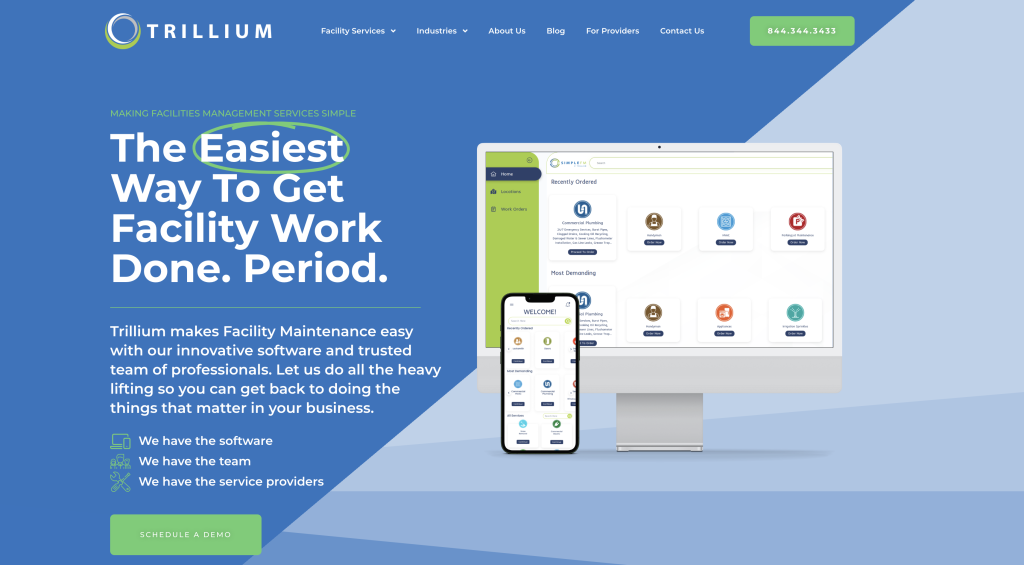
Plumbing problems don’t wait, and putting off maintenance only makes them worse. Whether it’s a routine checkup or an unexpected repair, staying ahead of plumbing issues keeps everything running smoothly.
With 24/7 service management and expert support across 47 states, Trillium makes plumbing maintenance simple. Unlike traditional facilities management, Trillium has no fees, no markups, and no long-term contracts.
Our facility maintenance software lets property managers schedule, track, and manage plumbing services from one centralized platform. Nothing is overlooked, and every service is documented. You can order services when you need them, with no minimum commitments.
Contact Trillium for expert plumbing maintenance without the extra costs.
FAQs About Plumbing Maintenance Checklist
What is routine plumbing maintenance?
Routine plumbing maintenance involves regular inspections and upkeep to keep the plumbing system functioning properly. This includes checking for leaks, clearing drains, testing water pressure, and making sure appliances like water heaters and sump pumps work properly.
What is regular plumbing maintenance?
Regular plumbing maintenance refers to the ongoing care needed to extend the lifespan of pipes, fixtures, and appliances. Preventative steps such as flushing the water heater to remove sediment, sealing small leaks before they grow, and insulating exposed pipes in colder months help reduce the risk of breakdowns. These routine efforts keep water flowing properly and minimize unexpected plumbing emergencies.
What is maintenance of a plumbing system?
Maintaining an efficient plumbing system involves keeping both the water supply and drainage systems working properly. This requires inspecting pipes and fittings for wear, clearing out drains to prevent blockages, and monitoring water pressure levels to avoid damage.
Plumbing equipment, including water heaters, sump pumps, and backflow preventers, also need regular servicing to maintain efficiency.
How do I make a PM checklist?
Creating a preventive maintenance (PM) checklist begins with identifying all plumbing components that require regular attention, such as water heaters, drains, toilets, and main supply lines. Tasks should be organized by frequency, separating them into monthly, seasonal, and annual inspections.
Monthly maintenance focuses on checking for leaks, clearing slow drains, and ensuring proper water pressure. Seasonal upkeep involves preparing pipes for temperature changes, testing outdoor faucets, and flushing water heaters.
Annual inspections should include sewer line assessments, water pressure checks, and a full-system review.

